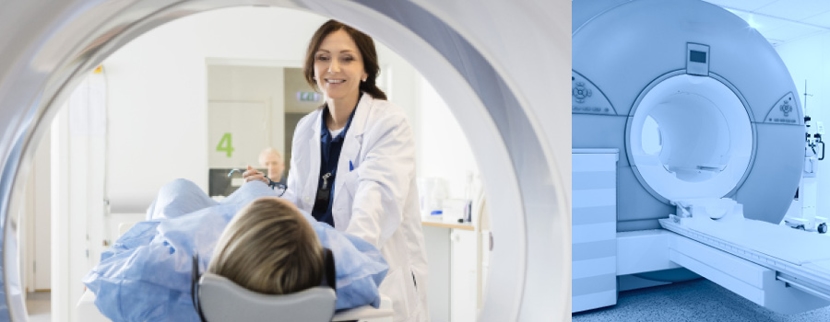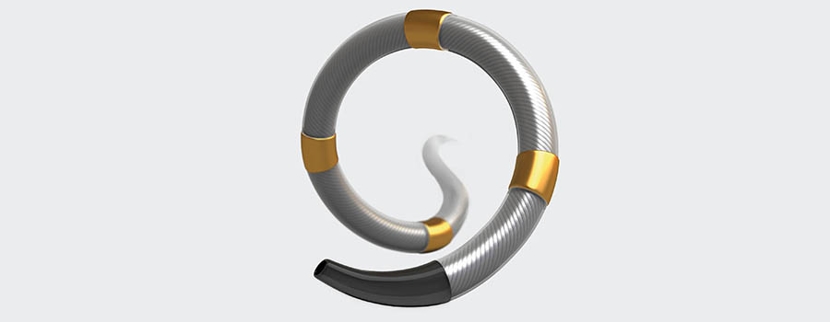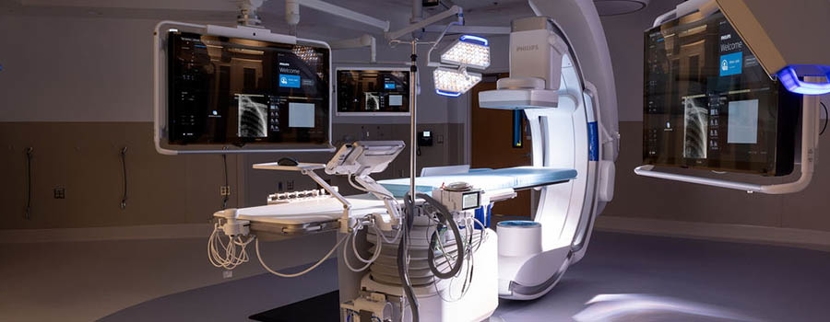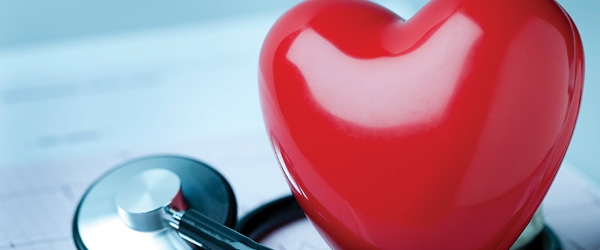The Healthy Heartbeat - Volume 6
Female Heart Health: What You Need to Know
Male and female bodies differ in many medically significant ways, and that’s especially apparent when it comes to our hearts.
Biologically, a female’s heart is normally smaller than a male’s, pumps blood faster, and releases roughly 10% less blood with each heartbeat. Some of the walls that separate the heart’s chambers are thinner in women. The stress response is also different in males and females. In men, the arteries of the heart constrict, raising blood pressure. In women, stress raises the pulse rate, causing the heart to pump more blood. Another anatomical difference between the sexes is artery size. Angiograms taken during cardiac catheterization are often hard to read in women, particularly if a blockage is affecting smaller arteries. Women who continue to have symptoms after an angiogram should get a second opinion from a cardiologist who specializes in female heart disease.
Cardiovascular differences between the sexes have an impact on heart attack rates and severity. Unfortunately, until recently most medical research was performed on men. Males are more vulnerable to heart attacks than females, with 420,000 hospitalizations per year compared to 350,000. Men also have heart attacks at a younger age – 65 is the average age, compared to 72 for women. This is because of the protective effect of endogenous estrogen, which lasts until after menopause and dissipates over time. Regardless of these differences, heart disease is the leading cause of death in BOTH sexes. Additionally, heart attacks are generally more severe in women, who tend to require a longer hospital stay and are more likely to die in the hospital. Another concerning fact: in the year following a first heart attack, women have a 50% higher chance of experiencing a deadly heart attack, and their odds of having a second heart attack within 6 years are nearly double that of men.
Unique risk factors for women
Both men and women share the same familiar risk factors: high blood pressure, diabetes or pre-diabetes, high cholesterol, smoking, being overweight or obese, drinking too much alcohol, high stress level, and a family history of heart disease. However, certain diseases or conditions that affect females also raise their risk of heart disease, including:
- Endometriosis
- Polycystic ovary disease
- IVF treatment
- Chemotherapy and radiation for breast cancer treatment
-
Pregnancy-related risks
- Gestational diabetes
- High blood pressure
- Preeclampsia
- Pre-term delivery
- Blood clotting disorders exacerbated by birth control pills or hormone replacements
- Menopause
- Increased incidence of rheumatology conditions such as lupus and rheumatoid arthritis.
According to the American Heart Association, more than one in three women in the U.S. have some form of heart disease, and many don’t know it. And, although your risk for heart disease increases with age, 1 in 16 women over the age of 20 have coronary heart disease—the most common form of heart disease. Heart disease can strike at any age, and knowing your risk factors can help you make lifestyle changes to protect your heart health.
Knowledge is power when it comes to heart disease. Regular check-ups to monitor blood pressure, cholesterol, and blood sugar levels are an important first step, and making lifestyle modifications to reduce your risk should always be a priority. Women also need to be aware of subtle and sometimes ambiguous symptoms that could indicate heart disease or a heart attack. Females are far more likely than males to ignore symptoms, delay getting the immediate care they need, and suffer more damage with a first heart attack. Review the information below to learn more about the signs and symptoms of heart attack, and commit to seeking help immediately if you ever experience any of them. Remember, it’s better to err on the side of caution than to disregard a potentially life-threatening situation.
Since women are often inclined to chalk symptoms up to less serious conditions, understanding differences is critical. The charts below can help, but when in doubt, always call 9-1-1.
Heartburn vs. Heart Attack
| HEARTBURN | HEART ATTACK |
| Burning sensation in the upper abdomen and throat. NO pain in back, jaw, arms, or shoulders. | Squeezing and pressure in the chest, possibly accompanied by pain in the back, jaw, arms, or shoulders. |
| Begins after eating, or while you are lying down or bending over | No connection to when you eat or your body position |
| Is relieved by antacids | Is NOT relieved by antacids |
| Can leave a sour taste in your mouth | Heart rate may not change, or may actually slow down |
| May be accompanied by belching and slight regurgitation |
No belching or regurgitation. |
| No unusual sweating | Cold sweat |
| Nausea and vomiting | Nausea and vomiting |
| No shortness of breath | Shortness of breath |
| No dizziness or lightheadedness | Dizziness, feeling of lightheadedness |
| No fatigue | Sudden, extreme fatigue |
Panic Attack vs. Heart Attack
| EXTREME STRESS OR PANIC ATTACK | HEART ATTACK |
| Sharp, stabbing chest pain | Squeezing sensation or pressure in the chest |
| Sudden onset that may be related to a situation | Sudden onset, often during physical exertion |
| Improves over 20-30 minutes | Worsens over time |
| Pain limited to chest | Pain radiates to the arms, back, shoulders, or jaw |
| Racing heart rate | Heart rate may not change, or may actually slow down |
| Trembling and shakiness | Nausea and vomiting |
| Tingling in the hands | No tingling in the hands |
Learn more about women’s heart health. And find out how natural life stages such as pregnancy and menopause can increase cardiovascular risk by listening to this short podcast.
Can You Quickly Identify the Heart Attack Symptoms in Women? It Could Save Your Life – or Someone You Love!
As we described above, males and females have different factors that can increase their risk for heart disease. We’ve also talked about subtle signs of heart attack that women are more likely to ignore than men—which can lead to more heart damage. But the fact is that movies and TV still show dramatic heart attack symptoms—such as clutching your chest while experiencing extreme pain—that are more closely aligned with those that men experience. Be on the lookout for these commonly ignored symptoms, and call 9-1-1 immediately.
- Chest pain is still the number one warning sign—for both males and females. But women are more likely to call this pressure, squeezing or fullness in the center of the chest—usually described as uncomfortable but not always painful—that may radiate outward, especially down an arm. However, it’s important to note that many women don’t experience any chest pain when experiencing a heart attack. That’s why it’s so important to consider the other symptoms below.
- Sudden dizziness or lightheadedness with no apparent cause
- Discomfort in neck, check or shoulder than may be mild to moderate, and often assumed to be the result of a muscle strain
- Pain in jaw or upper back that can be confused with stress, strain, or simply sitting too long
- Indigestion
- Unexplained nausea or vomiting
- Sweating, or suddenly breaking out in a cold sweat. Many women experience hot flashes during menopause, but sweating after minimal exertion or experiencing cold, clammy feelings when lying down or for no apparent reason is a dangerous sign.
- Unusual fatigue or tiredness during the day, or even after a full night’s sleep
- Shortness of breath or difficulty catching your birth after minimal exertion, such as walking up a set of stairs
- Tingling, numbness, swelling, or weakness in the extremities
- An irregular heartbeat that is either faster or slower than normal
- Sleep disturbances, including new or worsening snoring
Note that many women experience these symptoms in the days leading up to a heart attack, so prompt medical attention can help avoid a serious cardiac incident. When in doubt, always call 9-1-1.








